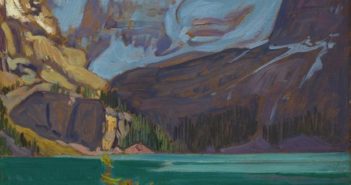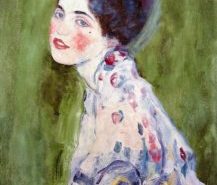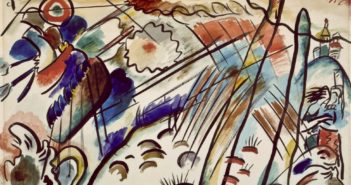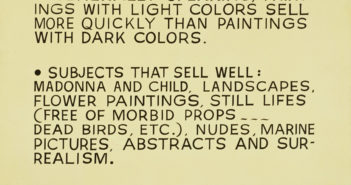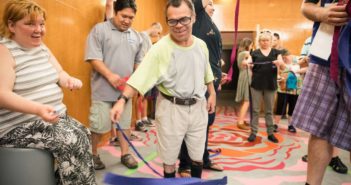
Painting motion
In 1872, businessman, racehorse enthusiast and former governor of California, Leland Stanford, commissioned photographer Eadweard Muybridge to prove a theory about a horse’s gait. Until then, equine painters, including Western painters, had been depicting horses at a trot with one foot on the ground and in a gallop with all four legs sticking out — like a hobbyhorse. Muybridge set up 12 cameras and photographed Standford’s own Standardbred trotter, Occident, trotting. Amongst the 12 frames was a single, groundbreaking photographic negative showing Occident with all four feet off the ground.

